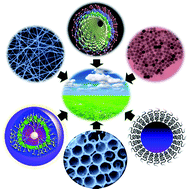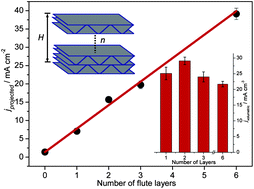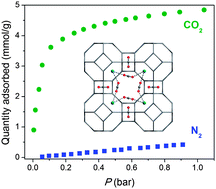Enzyme-based biofuel cells have been plugged into lobsters and they generated enough power to run a digital watch. In a separate experiment, the same US scientists placed the biofuel cells in a fluidic system that mimicked human blood circulation and used them to power a heart pacemaker.
Biofuel cells coupled with enzymes can harvest electrical energy from biological fuels like glucose. This has led researchers to hope that they could one day power medical devices in people by burning fuel derived from the patient’s diet. Implanting these cells inside living organisms is still a challenge; however, researchers have managed to implant them in rats, rabbits, insects, snails and clams. Despite this work, no attempts have been made to use these enzymatic fuel cells to power real electronic devices as the voltages reached were not high enough (below 0.5V).

Two lobsters generate enough power to operate a watch. The biofuel cells filled with human serum power a pacemaker
Now, Evgeny Katz at Clarkson University, Potsdam, and colleagues, who did the work on the snails and clams, have implanted biofuel cells – connected in series – in two live lobsters. The enzyme-modified electrodes in the cells catalysed glucose oxidation and oxygen reduction in the fluid inside the lobster’s body, generating a current. The team found that the system could generate enough power to operate a watch (1.2V).
Read the article from EES:
From “Cyborg” Lobsters to a Pacemaker Powered by Implantable Biofuel Cells
Kevin MacVittie , Jan Halamek , Lenka Halámková , Mark Southcott , William D Jemison , Robert Lobel and Evgeny Katz
Energy Environ. Sci., 2012, Accepted Manuscript
DOI: 10.1039/C2EE23209J















